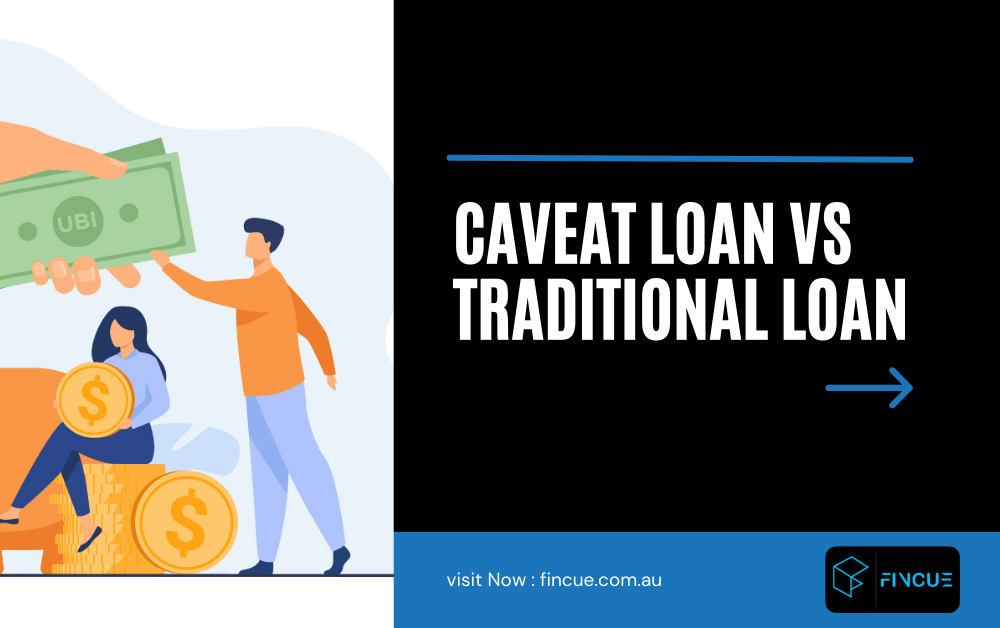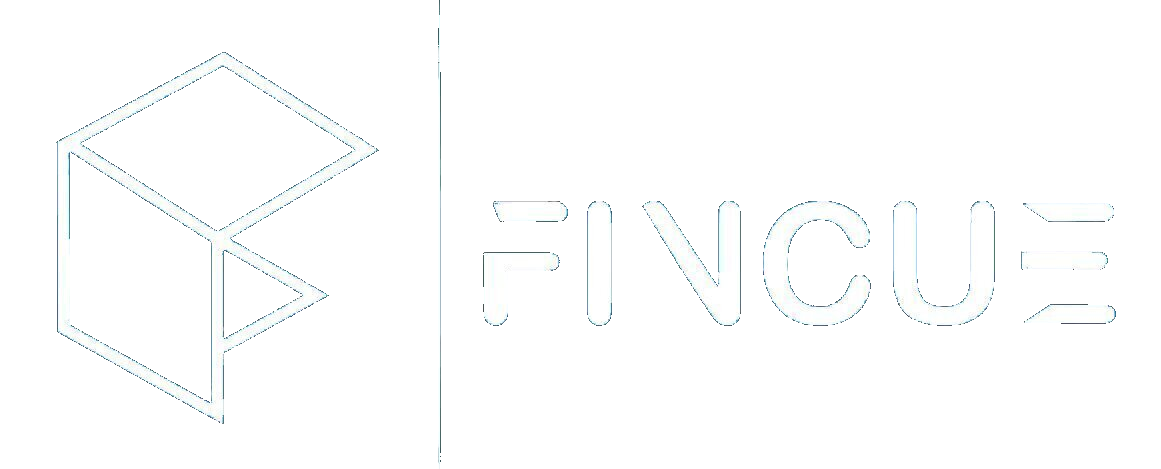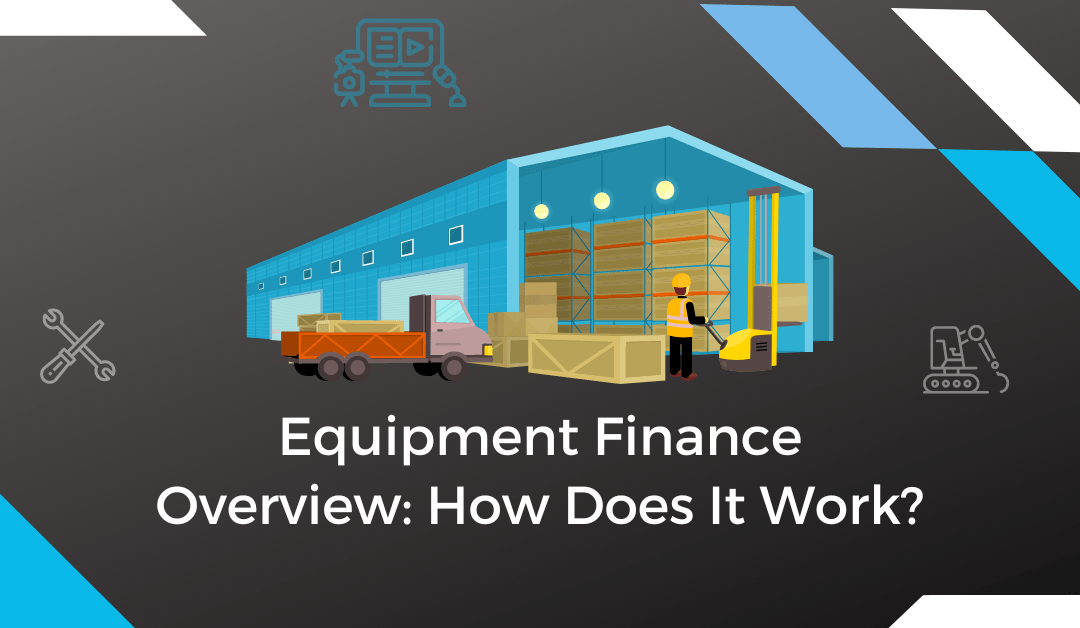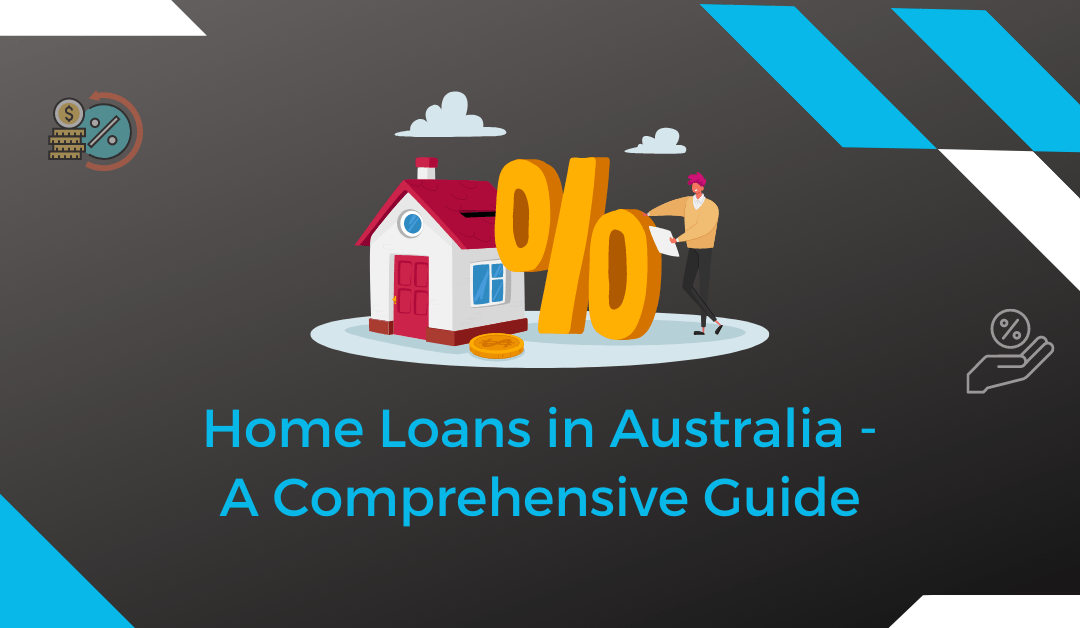

“Caveat Loans vs. Traditional Loans: Which is Better for You?
If you’re in need of quick cash in Australia, you may be considering a caveat loan. But before you make any decisions, it’s important to understand the differences between caveat loans and traditional loans, including the risks and benefits of each option. Here’s what you need to know to make an informed decision.
Understanding Caveat Loans and Traditional Loans.
Caveat loans and traditional loans are two different types of loans that serve different purposes. A caveat loan is a short-term loan that is secured against the value of a property. It is typically used by borrowers who need quick access to cash and cannot obtain a traditional loan due to poor credit or other factors. Traditional loans, on the other hand, are long-term loans that are typically used to finance large purchases such as a home or a car. They are usually secured against the value of the asset being purchased and require a good credit score and a steady income to qualify. Understanding the differences between these two types of loans can help you determine which is the best fit for your financial needs.
Pros and Cons of Caveat Loans.
Caveat loans can be a good option for borrowers who need quick access to cash and have limited options due to poor credit or other factors. One of the main advantages of a caveat loan is that it can be approved quickly,often within 24 hours, and does not require a credit check. However, caveat loans typically have higher interest rates and fees compared to traditional loans, which can make them more expensive in the long run. Additionally, if the borrower is unable to repay the loan, the lender can take possession of the property used as collateral. It is important to carefully consider the pros and cons of a caveat loan before deciding if it is the right choice for your financial situation.
Pros and Cons of Traditional Loans.
Traditional loans, such as personal loans or home equity loans, typically have lower interest rates and fees compared to caveat loans. They also offer more flexibility in terms of repayment options and loan terms. However, traditional loans often require a credit check and may take longer to be approved and funded. Additionally,
if the borrower defaults on the loan, the lender may take legal action to recover the funds, but they cannot take possession of the borrower’s property without going through a foreclosure process. It is important to weigh the advantages and disadvantages of both traditional and caveat loans before making a decision.
Factors to Consider When Choosing Between Caveat Loans and Traditional Loans.
When deciding between a caveat loan and a traditional loan, there are several factors to consider. Firstly, consider your credit score and financial history. If you have a good credit score and a stable income, a traditional loan may be a better option for you. However, if you have a poor credit score or need funds quickly, a caveat loan may be a better fit. Additionally, consider the amount of money you need to borrow and the purpose of the loan.
If you need a large sum of money for a long-term investment, a traditional loan may be more suitable. However, if you need a smaller amount of money for a short-term project, a caveat loan may be a better option. Ultimately, it is important to carefully weigh the pros and cons of each type of loan and choose the one that best fits your financial needs and goals.
Making the Right Choice for Your Financial Situation.
Choosing between a caveat loan and a traditional loan can be a difficult decision, but it ultimately comes down to your individual financial situation. Consider factors such as your credit score, income stability, loan amount, and loan purpose when making your decision.
It may also be helpful to consult with a financial advisor or loan specialist to ensure you are making the best choice for your specific needs. Remember to carefully weigh the pros and cons of each option before making a final decision.







































